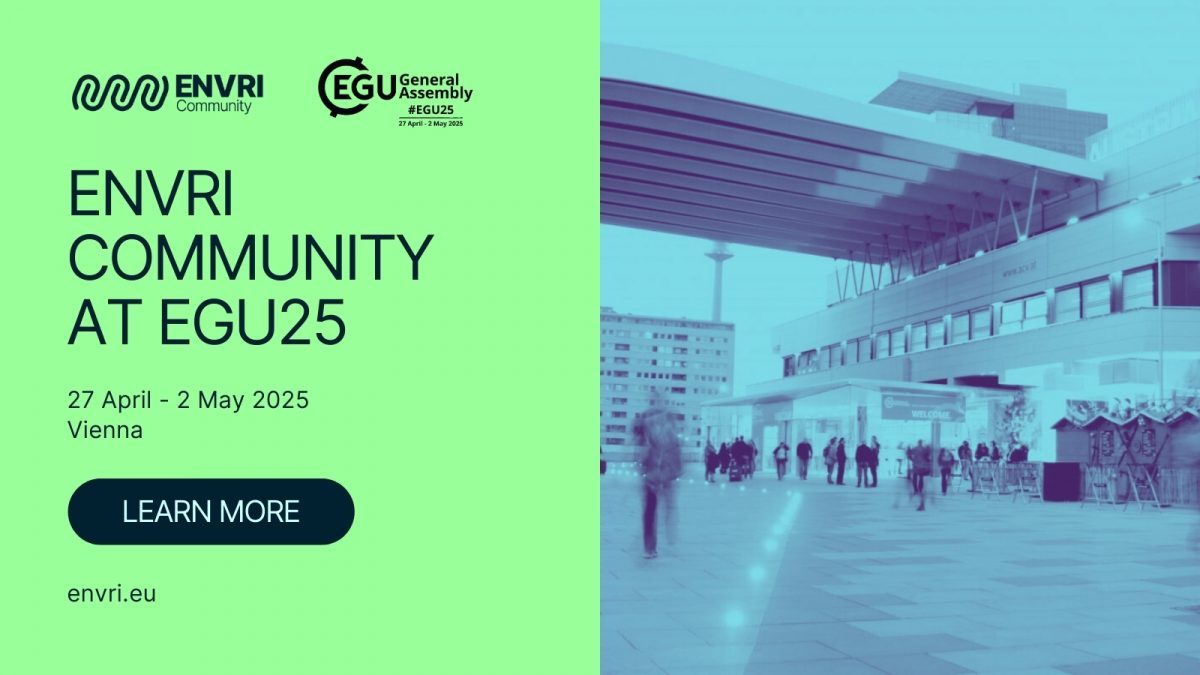The ENVRI community is delighted to announce its participation in the European Geosciences Union (EGU) General Assembly 2026, which will take place in Vienna from 3 to 8 May 2026.
The EGU General Assembly 2026 brings together geoscientists from all over the world to one meeting covering all disciplines of the Earth, planetary, and space sciences. The EGU aims to provide a forum where scientists, especially early-career researchers, can present their work and discuss their ideas with experts in all fields of geoscience.
This page is being constantly updated with content from other ENVRI-related projects and RIs.
Explore Relevant Sessions and Submit Your Abstracts
The ENVRI community is excited to support and promote several key sessions that highlight the role of RIs in advancing environmental science:
Submit abstracts to our sessions! Deadline 15 January 2026, 13:00 CET
ESSI2.6 – Shaping the European landscape for Earth System Science – Making transnational data use of research infrastructures
Convener: Wolfgang zu Castell | Co-conveners: Sebastien Payan, Jean-Philippe Malet, Sören Lorenz
Knowledge discovery in Earth System Science (ESS) relies on observational, experimental and simulation data being available for all compartments (atmosphere, land surfaces, ocean, solid Earth, biodiversity) of the Earth system. On top of that, leveraging the potential of large-scale AI tools and generative AI requires data to be interoperable in a machine-actionable, AI-ready way. Towards this goal, several research infrastructures are aggregating, structuring and distributing science data for researchers to be exploited and combined through a portfolio of services. Hereby, programs to foster these activities have been initiated by national as well as international initiatives, resulting in a colorful mix of domain-oriented, geographically-oriented, or target group-oriented research infrastructures.
Shaping the European Open Science Cloud (EOSC), all of them share the goal of offering seamless access to high-quality and reusable research data and services following the FAIR principles and Open Science paradigms. We aim to implement this goal as a network of actors on both the national as well as the international level, making best use of the given opportunities.
The aim of the session is to foster the ongoing discussion on how to jointly shape the European research infrastructure landscape for EES driven by high-level and cross-disciplines scientific use cases and best practice scenarios.
We welcome contributions:
- showcasing successful examples of creating synergies among different research infrastructures,
- demonstrating efforts in building new products based on integrating services from multiple providers,
- identifying gaps by highlighting needs deriving from specific research questions,
- presenting use cases which should be taken-up by joining forces among research infrastructures.
- Representatives of some international research infrastructures will be invited to elaborate on these actions.
ESSI2.9 – ADVANCING EARTH SCIENCES THROUGH VIRTUAL RESEARCH ENVIRONMENTS (VRES): SCIENTIFIC RESULTS, USE CASES FOR TECHNOLOGY, WORKFLOW BUILDERS, VIRTUAL LABORATORIES, DIGITAL TWINS
Convener: Massimiliano Assante | Co-conveners: Jacco Konijn, Eugenio Trumpy, Zhiming Zhao, Qing Zhan
Nowadays, sensors, simulations and lab experiments are producing increasingly large quantities of data, many tools are available to elaborate and analyse them in often fragmented stand-alone systems that may hinder collaboration and comprehensive understanding.
e-Infrastructures and Virtual Research Environments (VREs) allow researchers located in different places world-wide to collaborate in national and international projects from their home institutions. They rely on digital services enabling collaborations among researchers providing shared access to unique or distributed scientific facilities, including data, instruments, computing and communications.
VREs are revolutionising the way research is conducted by providing a cohesive ecosystem where researchers, often from multiple disciplines, can manage the entire research lifecycle, from data collection and analysis to publication and sharing, in the spirit of Open Science principles.
This session aims to bring together case studies and innovative approaches from the different domains of the earth sciences, both from a technology point of view, and scientific applications based on workflows, virtual laboratories and even digital twins of (parts of) the environment. We seek contributions from all disciplines of the earth sciences that faced the different aspects related to e-infrastructures and VREs. These can range from the implementation of systems from an IT point of view to analysis tools, research software in applications, data being used and collected, modelling practices, but also policies and semantic approaches for VRE and digital infrastructure utilisation. Contributions can highlight scientific results, best practices and lessons learned.
ITS1.19/AS4.8 – ADVANCING ENVIRONMENTAL SCIENCES WITH INNOVATION AND RESEARCH INFRASTRUCTURES
Convener: Jean Sciare | Co-conveners: Janne-Markus Rintala, Marina Papageorgiou
Environmental challenges such as climate change, biodiversity loss, water scarcity, and ocean degradation demand new ways of observing, monitoring, and understanding the Earth system. Research Infrastructures (RIs) in the ENVRI community—spanning atmospheric, marine, terrestrial, and solid earth sciences—provide the backbone of European environmental observation and long-term data stewardship. Yet, the growing complexity of environmental change requires innovative technologies and services to enhance monitoring, strengthen interoperability, and accelerate the translation of knowledge into actionable insights.
This session brings together researchers, technologists, and stakeholders to showcase advances illustrating (1) the role of emerging technologies and (2) service-oriented approaches in shaping the future of environmental monitoring.
Emerging technologies include advanced instrumentation, miniaturized and autonomous sensors for atmospheric, hydrological, soil, and marine processes, as well as unmanned aerial systems, drones, satellite constellations, and IoT networks that link in-situ with remote sensing. Artificial intelligence (AI) is transforming how environmental data are processed, harmonized, and applied in predictive modelling.
The ocean, a key climate regulator, remains critically under-observed for carbon fluxes, particularly beyond shipping routes. Addressing this gap, the GEORGE project—a collaboration between EMSO ERIC, EURO-ARGO ERIC, ICOS ERIC, research institutions, universities, and industry—develops novel tools and methods to measure carbonate chemistry (e.g., pH, alkalinity, dissolved inorganic carbon, pCO₂) across diverse marine environments.
Services are equally vital. Trans-National Access (TNA) schemes offered by ENVRIs provide opportunities for researchers to use state-of-the-art facilities, advanced instrumentation, and high-quality data services beyond national systems. These services foster collaboration, accelerate innovation, and support co-created solutions to pressing challenges. The convergence of cloud-based infrastructures, FAIR data principles, interoperability frameworks, and user-centered service design ensures that resources are not only technically robust but also widely accessible and impactful for science, policy, and society.
ITS1.20/ESSI4.3 – ESSENTIAL VARIABLES FOR GLOBAL COOPERATION AND INTEROPERABILITY
Convener: Anca Hienola | Co-conveners: Jacco Konijn, Marta Gutierrez, Matti Heikkurinen, Federico Drago
The proliferation of Essential Climate Variables (ECVs), Essential Ocean Variables (EOVs), and Essential Biodiversity Variables (EBVs) highlights a paradigm shift towards data-driven environmental monitoring and policy. These Essential Variables (EVs) are central to global frameworks including GCOS, WMO, GEO, Copernicus, IPCC assessments, and the UN Sustainable Development Goals (SDGs). For science, they are a powerful mechanism to track Earth system changes and enable evidence-based decision-making.
Yet, despite broad recognition, the scientific potential of EVs remains underrealised. Persistent gaps in how they are defined, described, managed, and exchanged across domains and infrastructures hamper progress. A lack of semantic and technical interoperability, inconsistent metadata practices, and fragmented governance limit their integration and reduce their impact on policy and action. Without a coherent, interoperable infrastructure, the transformative potential of EVs—to enable cross-domain science, support climate agreements, and monitor sustainability targets—remains out of reach.
This session will explore the technical, infrastructural, and policy advancements required to make EVs the foundational language for global environmental cooperation. We welcome contributions addressing scientific use cases, technical barriers, and emerging solutions under the following themes:
- Semantic Interoperability: Shared frameworks and vocabularies (e.g., iADOPT, W3C SSN/SOSA) ensuring EVs form a consistent, machine-actionable common language across disciplines and infrastructures.
- Cross-Domain Data Synergy: Approaches and case studies demonstrating seamless data flow and integration across atmospheric, oceanic, terrestrial, biodiversity, and socio-economic domains, breaking down silos.
- Infrastructure Integration: Lessons from research infrastructures (e.g., ENVRI, AuScope, US CRDCs, China’s Earth Lab, GERI) in implementing EVs and achieving interoperability with global programmes like GCOS, WMO, GEO, Copernicus, RDA, and CODATA.
- From Data to Policy: Examples of how FAIR (Findable, Accessible, Interoperable, Reusable) EVs contribute to policy needs, climate reporting, and monitoring of SDG indicators.
We invite scientists, data architects, and policymakers to share insights for building a coherent, actionable, and interoperable global observation system.
Short Courses
SC2.18 – HARNESSING THE ENVRI-HUB: DATA, TOOLS, AND SERVICES FOR INTERDISCIPLINARY RESEARCH
Earth and environmental sciences thrive on data diversity: from ocean temperatures to biodiversity records, from climate indicators to geological observations. Yet, this very diversity can also be a barrier: different datasets are described with different standards, stored in different formats, and are difficult to connect across research infrastructures. The ENVRI-Hub provides a set of tools to overcome these challenges. It offers researchers a unified framework to discover, access, and reuse complex and multidisciplinary data.
This short course will give researchers a practical introduction to how ENVRI-Hub workflows can directly support their own projects, to build more reproducible and impactful science.
How You Can Participate
We invite all ENVRI RIs and supporting projects to:
- Submit abstracts to our sessions! Deadline 15 January 2026, 13:00 CET
- Join the ENVRI-Hub NEXT Short Course
We look forward to seeing you at EGU26, as we highlight the collective strength and impact of the ENVRI community in advancing environmental research!


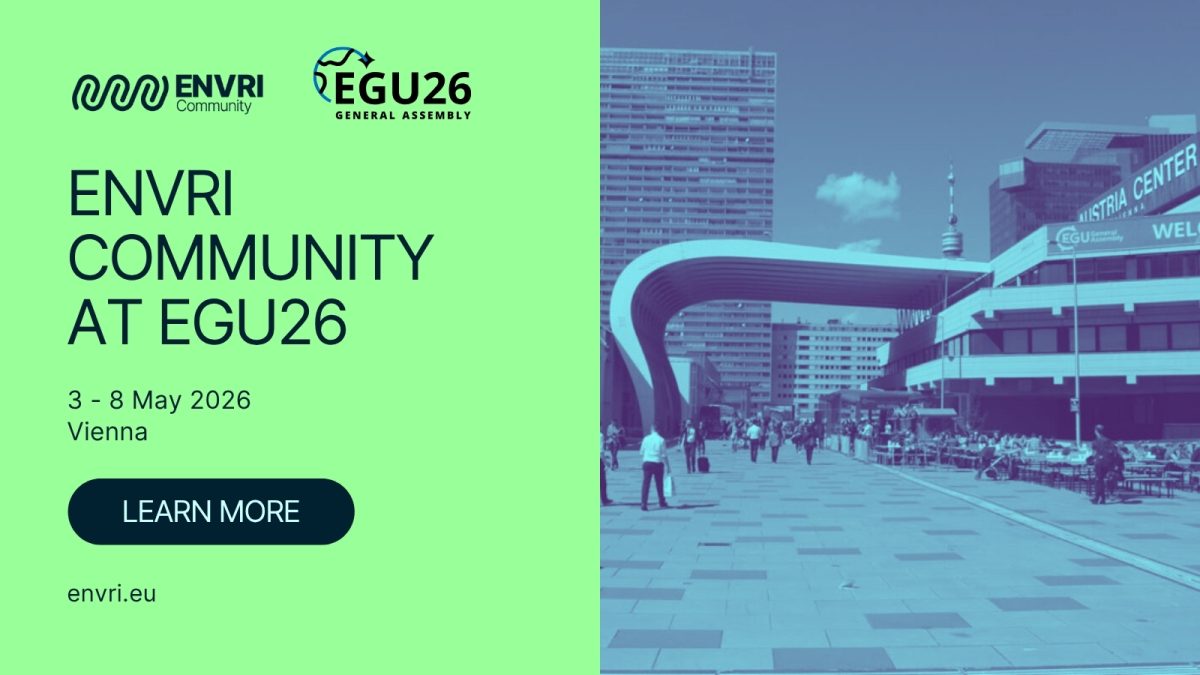
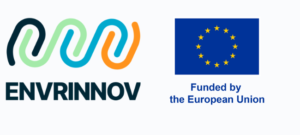

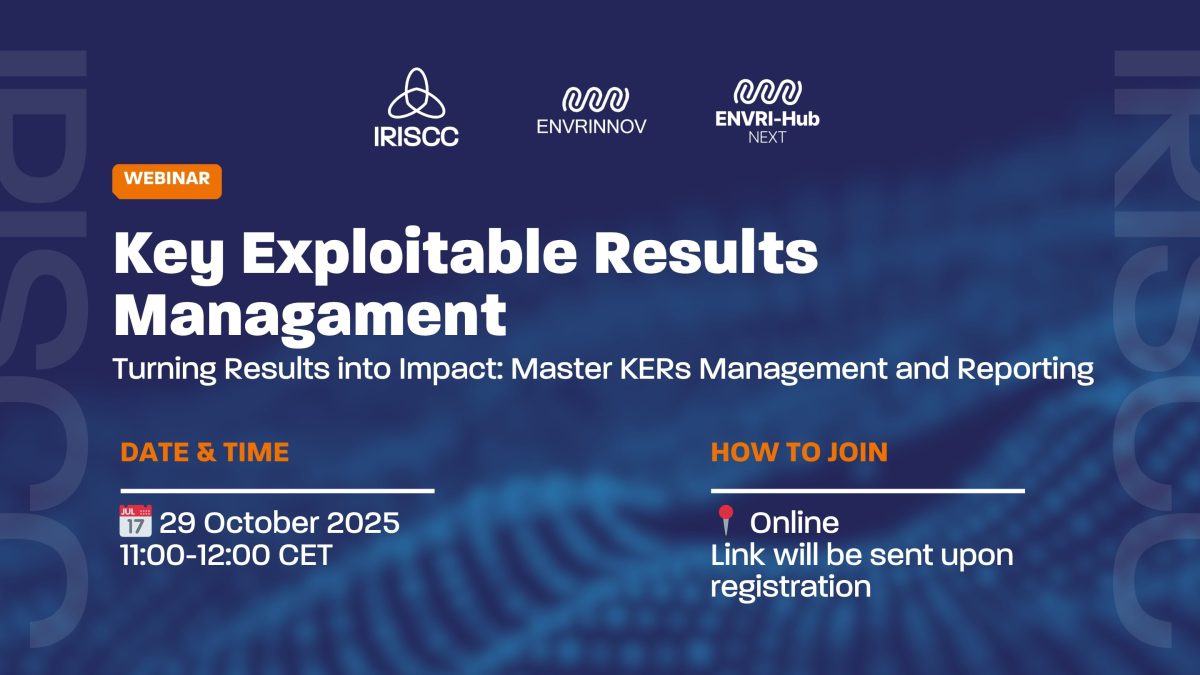
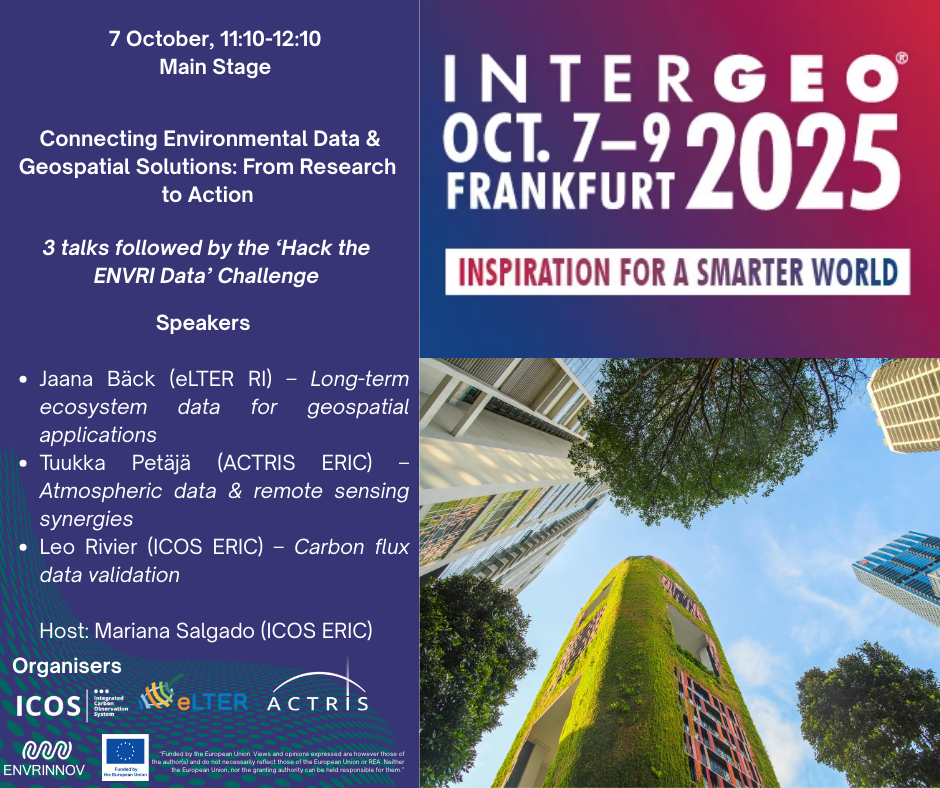
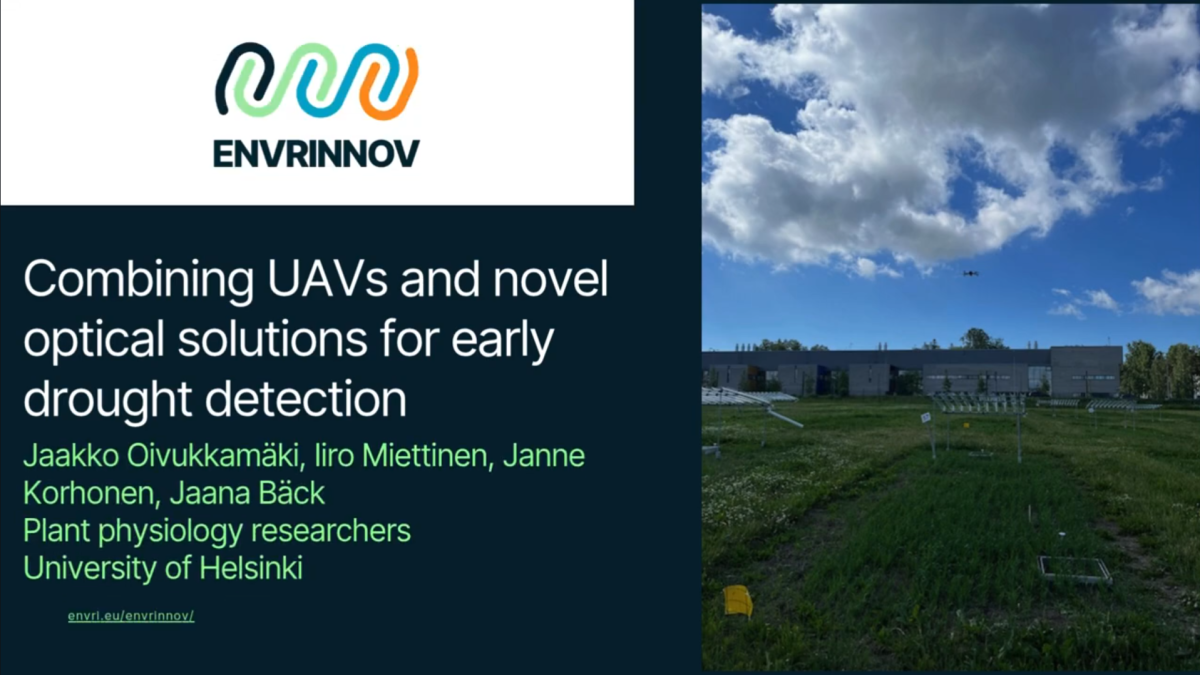
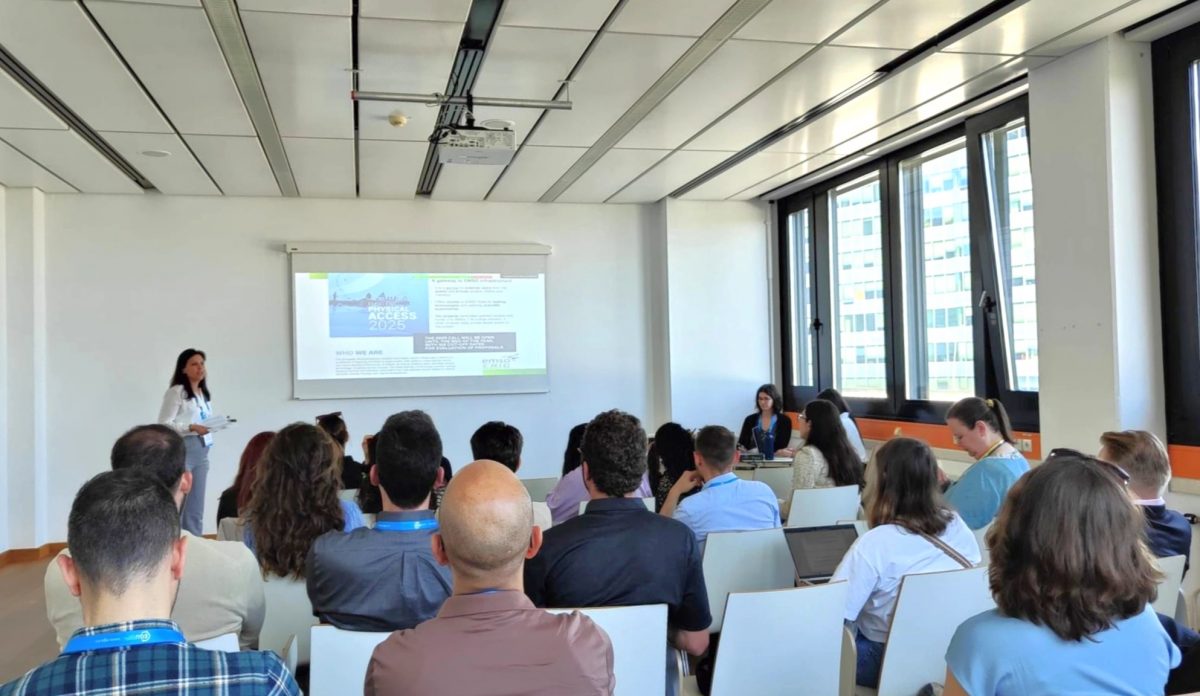
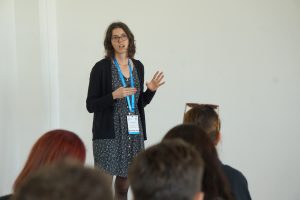
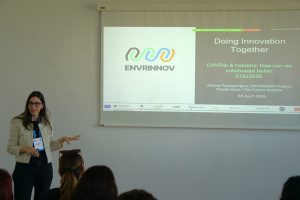
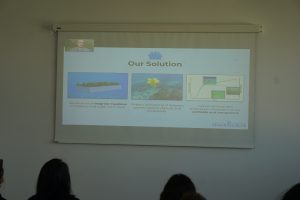
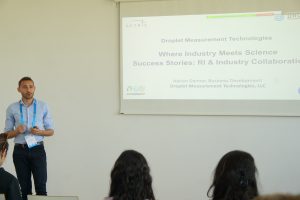
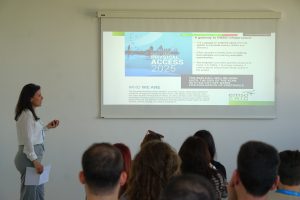
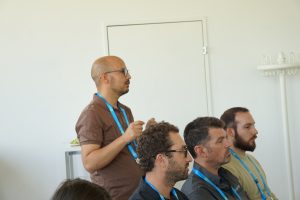
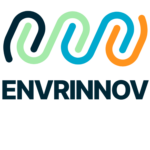
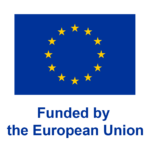
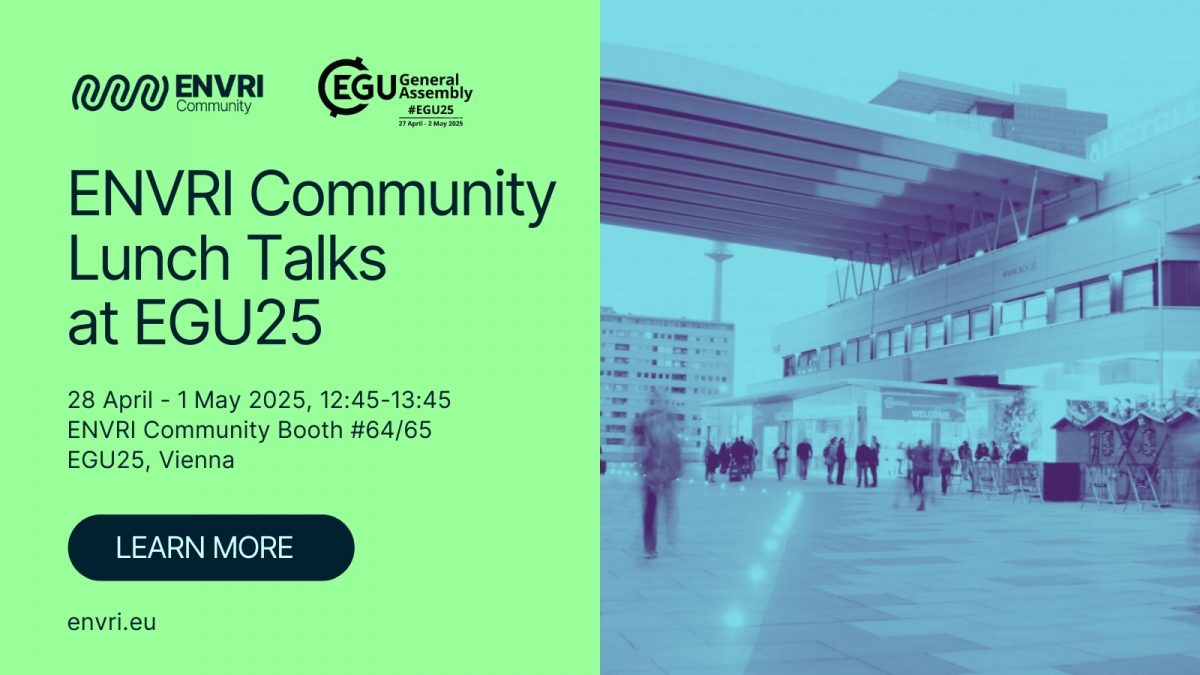
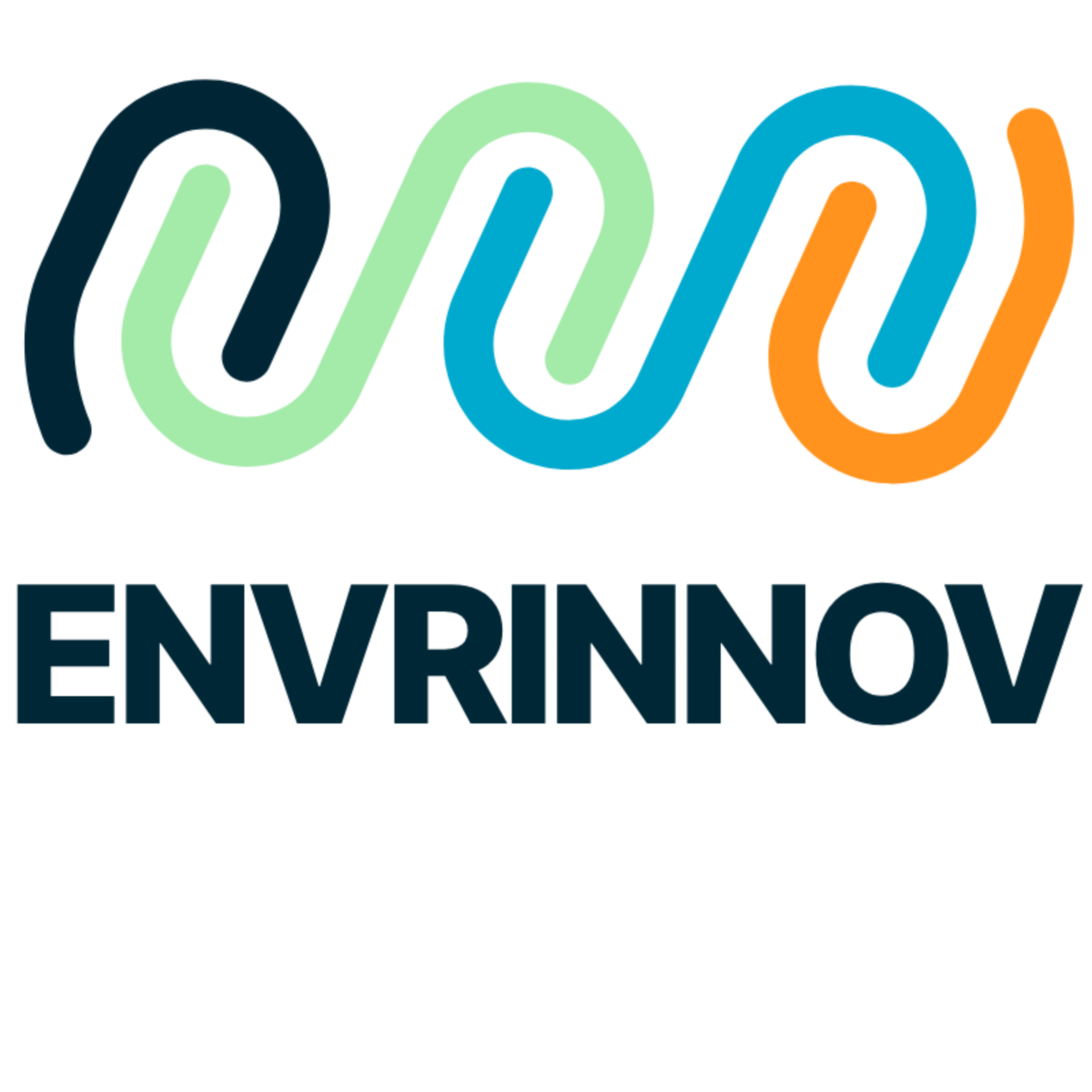






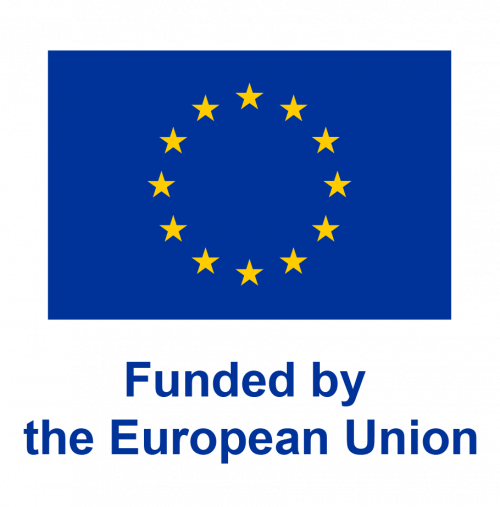 “Funded by the European Union. Views and opinions expressed are however those of the author(s) and do not necessarily reflect those of the European Union or REA. Neither the European Union, nor the granting authority can be held responsible for them.”
“Funded by the European Union. Views and opinions expressed are however those of the author(s) and do not necessarily reflect those of the European Union or REA. Neither the European Union, nor the granting authority can be held responsible for them.”